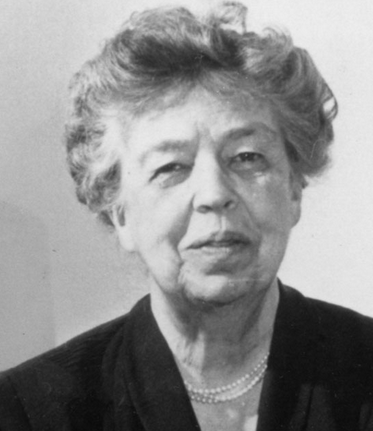

She wrote in her letter of 1938: Does it mean that Negro students in the South will be allowed to sit down with white students and study a problem which is fundamental and mutual to both groups? Does it mean that the University of North Carolina is ready to open its doors to Negro students.

Pauli Murray had been denied admission to the Chapel Hill graduate school because of her race. Murray’s letter was prompted by a speech the president had given at the University of North Carolina, Chapel Hill, praising the school for its commitment to social progress. The president’s staff forwarded Murray’s letter to the federal Office of Education. To Murray, then aged twenty-three, Roosevelt’s self-assurance was a symbol of women’s independence, a symbol that endured throughout Murray’s life.įive years later, Pauli Murray, a twenty-eight-year-old aspiring writer, wrote a letter to Franklin and Eleanor Roosevelt protesting racial segregation in the South. The first lady appeared one day unannounced, behind the wheel of her car, her secretary and a Secret Service agent her passengers. Pauli Murray first saw Eleanor Roosevelt in 1933, at the height of the Depression. They were at a government-sponsored, two-hundred-acre camp for unemployed women where Murray was living, something the first lady had pushed her husband to set up in her effort to do what she could for working women and the poor.

Two decades in the works, it tells the story of how a brilliant writer-turned-activist, granddaughter of a mulatto slave, and the first lady of the United States, whose ancestry guaranteed her membership in the Daughters of the American Revolution, forged an enduring friendship that changed each of their lives and helped to alter the course of race and racism in America.

Longlisted for the National Book Award, The Firebrand and the First Lady is a groundbreaking book.


 0 kommentar(er)
0 kommentar(er)
